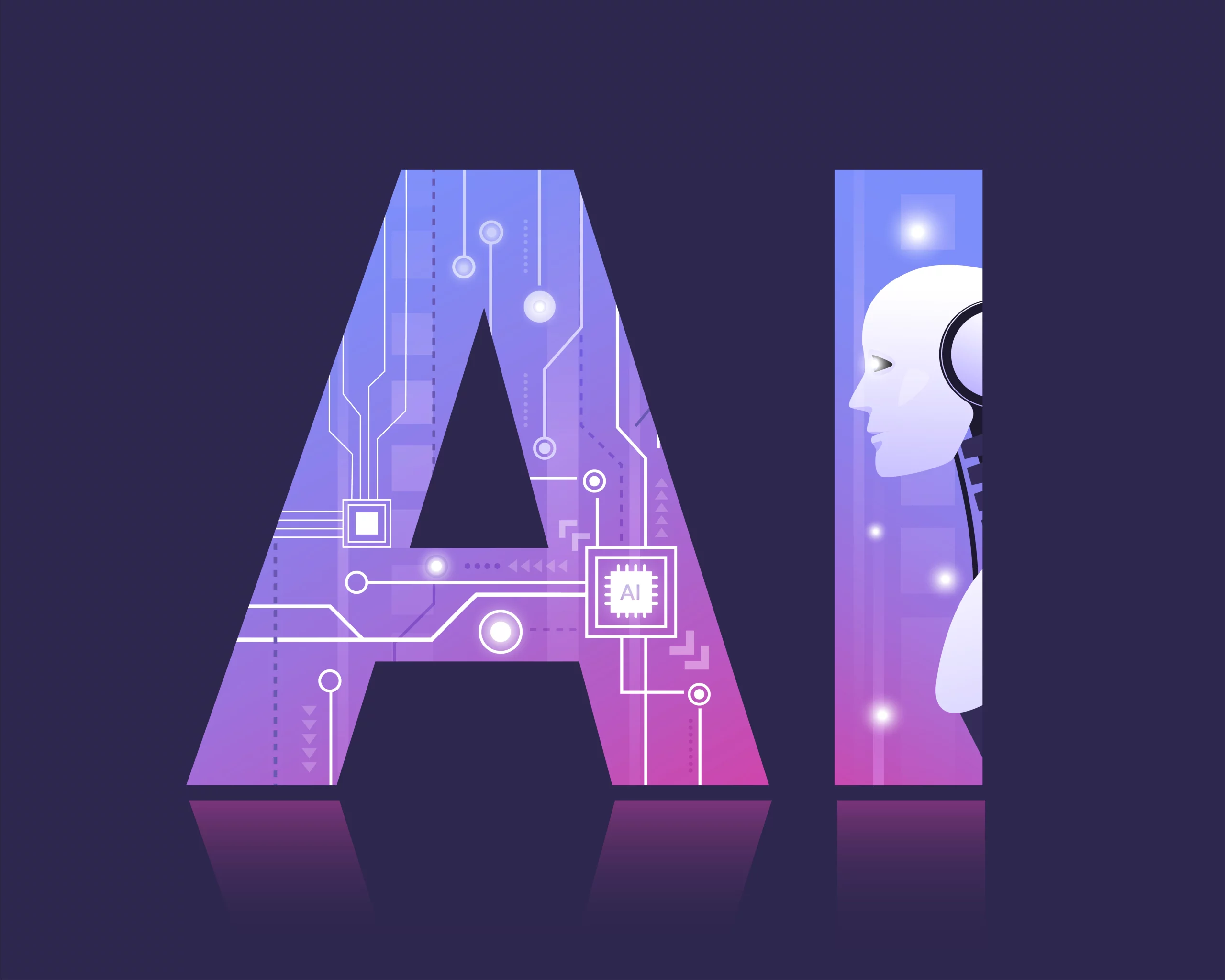Start learning about Artificial Intelligence Markup Language – AIML
AIML stands for Artificial Intelligence Markup Language. It is an XML-based markup language. AIML can be used to communicate between robots or any intelligent system and humans. AIML is developed by A.L.I.C.E. For chatbots. Dr. It was developed by Richard S. Wallace. Artificial Intelligence Markup Language.
Only a few tags in AIML.
If the system is given the input Hello, it will reply Hi! It’s just a word. Patterns can also be provided in AIML. How are you? How are you doing? If you write all the questions of this type with How are *, then what will be the response, if you write it in the template tag, it will answer in that way.

Communication with the system can be done later using the AIML interpreter. Program AB is an AIML interpreter for the Java language. There are also interpreters for PHP, C++, etc. The projects are open source, you can create an interpreter yourself.
Implement AIML in IoT or Embedded systems or use it to communicate with any robot. Many virtual assistants use AIML. Although virtual assistants like Siri or Allo are built using machine learning, AIML can be used to easily learn or create your own virtual assistant.
The system can also be spoken to using the Speech Recognition API. Try api.ai’s Speech Recognition API.
If you want to learn AIML, you can see the tutorial here.
Now many Facebook pages have chatbots installed. Simple intelligent chatbots can be created using AIML. A few days ago an app called SimSimi was very popular in Bangladesh. Such apps can also be developed using AIML.
Let’s start talking to the machine!
Neural networks can go crazy
In the 1990s, many applications of ANNs were to recognize categories of data or specific objects or patterns within them. These could be done in many other ways, but it was important to pass this initial test of ANN. What was new in ANN was judging what the input and output should be, how many neurons should be in which layer, and all this. Moreover, there was a need for many examples from which correct teaching could be possible. A lot of thought has gone into how exactly ANNs work. It is understood that each layer tries to express the properties contained in the information of the layer below it. In this way, the solution to almost any problem can be learned through many levels.
But it was found that increasing the number of layers causes almost no change in the load of lower-layer connections during learning. Therefore, the solution to particularly difficult problems remained outside the purview of ANN. There was also another problem.
Solving many problems, such as camera image analysis, requires a large number of neurons in the input layer. It imports a lot of connection loads, and their learning requires a large number of examples, which makes it almost impossible to collect and use loads for learning. As a result, researchers’ interest in ANN was gradually decreasing. After that, in 2006, a new idea about the learning of multilayer ANN came from some scientists in Canada. A deep learning campaign has started.
Once again, in the face of potential failure, the potential of artificial intelligence reared its head. Presenting one’s own speech by speaking, understanding by listening to others, and recognizing the myriad of things around us, how we do these exactly seemed to be almost impossible to bind with a few clear rules in traditional logic-based AI.
The hope was that ANNs would learn the solution to this complex problem from many examples. It requires multilevel ANN. But such multi-layer nets were not learning satisfactorily with the backpropagation algorithm alone.
Deep learning
Presenting one’s own speech by speaking, understanding by listening to others, and recognizing the myriad of things around us, how we do these exactly seemed to be almost impossible to bind with a few clear rules in traditional logic-based AI. The hope was that ANNs would learn the solution to this complex problem from many examples. It requires multilevel ANN. But such multi-layer nets were not learning satisfactorily with the backpropagation algorithm alone.
After several years of effort, it became clear how multilevel ANNs could be taught. A deep learning campaign has started. The new method involves teaching each hidden layer separately between input and output.
The hope is that each hidden layer, after learning, can understand the properties of the information in the lower layer and convey that message to the upper layer. This educational system is completely unsupervised. Since there is no temptation to tell what the initial input data is, this learning can be done over a long period of time with an arbitrary amount of data.
Then by arranging these feature extraction layers one by one in the correct order and adding output layers, the whole neural net is built. Now this entire net, with the help of an example, tightens its connection loads a bit more with the aforementioned backpropagation algorithm.
Artificial Neural Networks
The success of this new method is quite surprising. A much smaller example has also shown significant success in recognizing handwritten numbers first, then understanding speech from spoken words. This has never been possible before. By 2012, this speech-to-speech technology had become so reliable that almost every app on mobile phones started using it as an alternative to typing.
Separately trained layer-rich neural nets are particularly effective when the number of examples is less than required. Later, a new type of very simple neuron was introduced, which, like a diode, directly outputs only the capacitor input, blocking the rest. Multilayer nets of these simple neurons also learn from examples very quickly, without having to learn layers separately.
